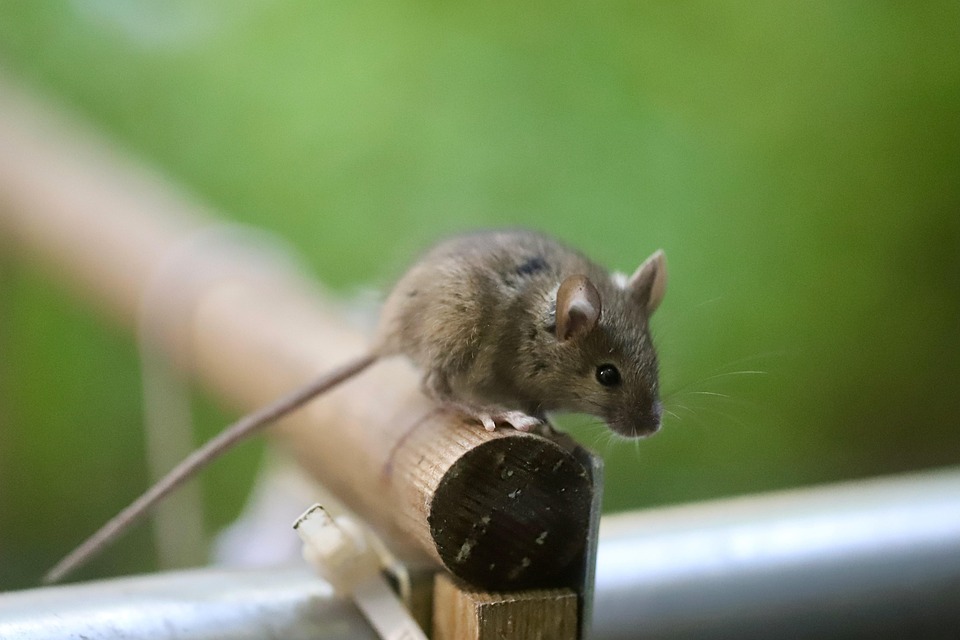When we think of majestic wildlife, images of towering elephants, fierce lions, or soaring eagles often come to mind. However, nestled quietly within the underbrush and sometimes scuttling across our floors, are creatures that wield significant ecological power—mice. These small rodents, often overlooked or undervalued, play an essential role in maintaining the balance within various ecosystems.
The Unsung Heroes of Biodiversity
Mice belong to the family Muridae, which includes various species such as the house mouse (Mus musculus), deer mouse (Peromyscus maniculatus), and many others. While they may seem insignificant due to their size, their presence in ecosystems is substantial. With over 700 known species globally, mice contribute in several critical ways to biodiversity.
1. Food Source for Predators
Mice serve as a vital food source for many predators, including birds of prey, snakes, and small mammals. By occupying a foundational position in the food chain, they support a diverse array of wildlife. The health and stability of predator populations often hinge on the availability of mice. A decline in mouse populations can negatively impact those who rely on them, illustrating the interconnectedness of ecosystems.
2. Seed Dispersers and Soil Engineers
Beyond being prey, mice significantly contribute to plant propagation. Many desired plant species rely on animals to disperse their seeds. Mice, while foraging, unknowingly transport seeds away from their parent plants, facilitating germination in new locations. This behavior supports plant diversity and promotes healthy ecosystems.
Moreover, mice help aerate the soil through their burrowing activities. This aids in water infiltration and soil health, which is critical for plant growth. Their tunnels can serve as habitats for other organisms and improve the overall structure of the ecosystem.
3. Indicators of Environmental Health
Mice populations often serve as bioindicators of environmental health. Their sensitivity to habitat changes, pollution, and climate variability makes them valuable in ecological studies. Monitoring mouse populations can provide insights into the overall health of an ecosystem, signaling shifts in environmental quality long before they become apparent through other means.
The Human Connection
While mice can sometimes invade our homes and spread disease, their contributions to research and science cannot be understated. For decades, lab mice have been instrumental in medical research, helping scientists gain insights into human diseases and potential treatments. Their genetic similarities to humans make them indispensable in studying various health conditions, including cancer, diabetes, and neurological disorders.
Furthermore, in agricultural settings, understanding mouse behavior can lead to improved crop management strategies. By studying how they interact with weeds and pest species, farmers can make informed choices that maintain healthy crop yields while promoting biodiversity.
Conservation Challenges
Despite their numerous contributions, mice face significant threats from habitat destruction, climate change, and human encroachment. Loss of natural habitats leads to population declines, which not only jeopardizes their survival but also threatens the predators and plants that depend on them. Conservation efforts focused on preserving habitats and fostering ecosystem balance are essential.
Conclusion
Mice may be small, but their impact on our ecosystem is monumental. They are not merely pests; they are integral components of biodiversity, food webs, and ecological health. Recognizing the magnificence of these tiny creatures is crucial in fostering a balanced ecosystem. By appreciating and protecting mice, we contribute to a healthier planet, understanding that even the smallest beings can play a pivotal role in the grand tapestry of life. The next time you spot a mouse, remember that you are witnessing a creature that powers a myriad of natural processes, beautifully illustrating the magnificence of nature in its most petite form.



